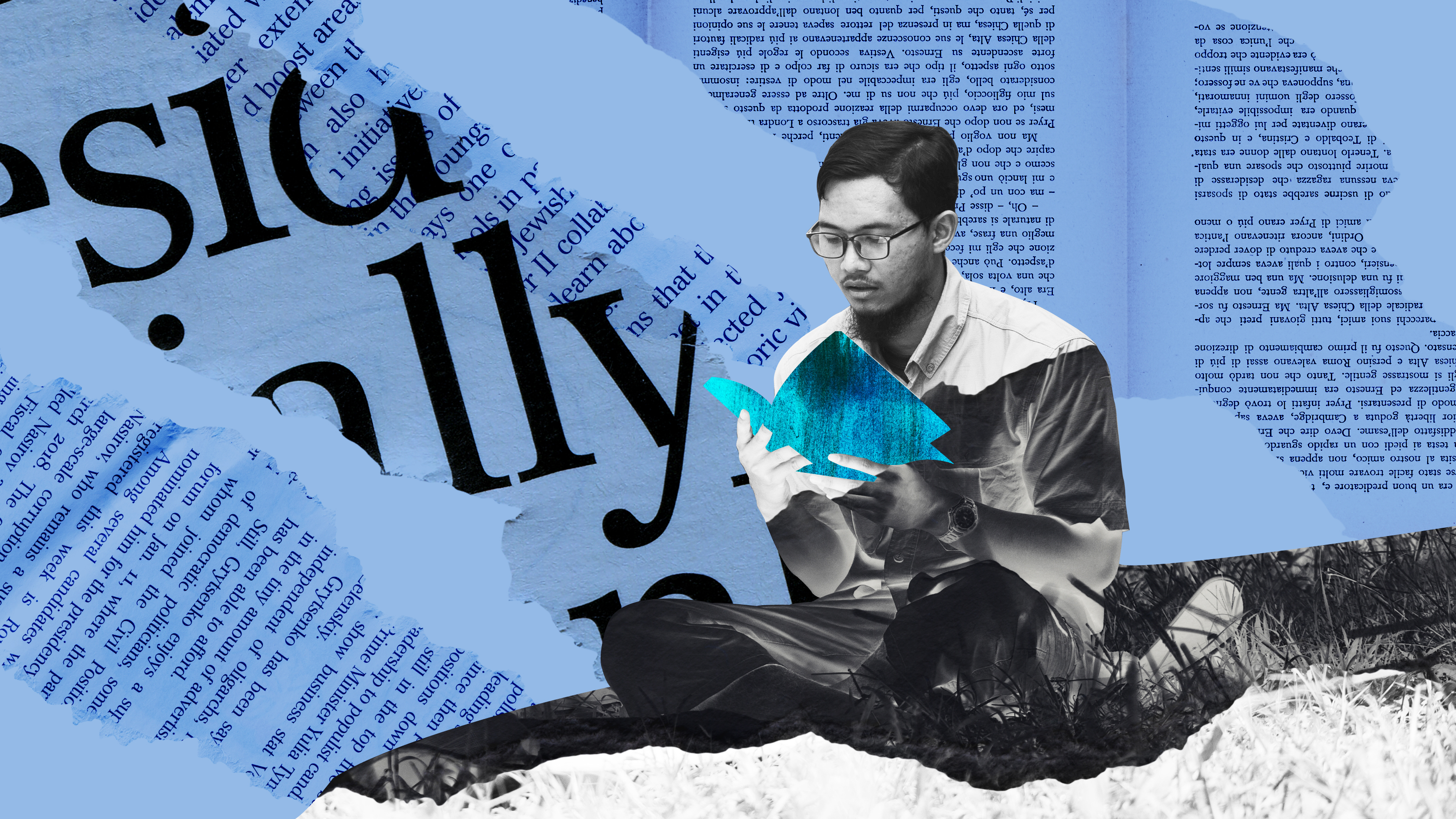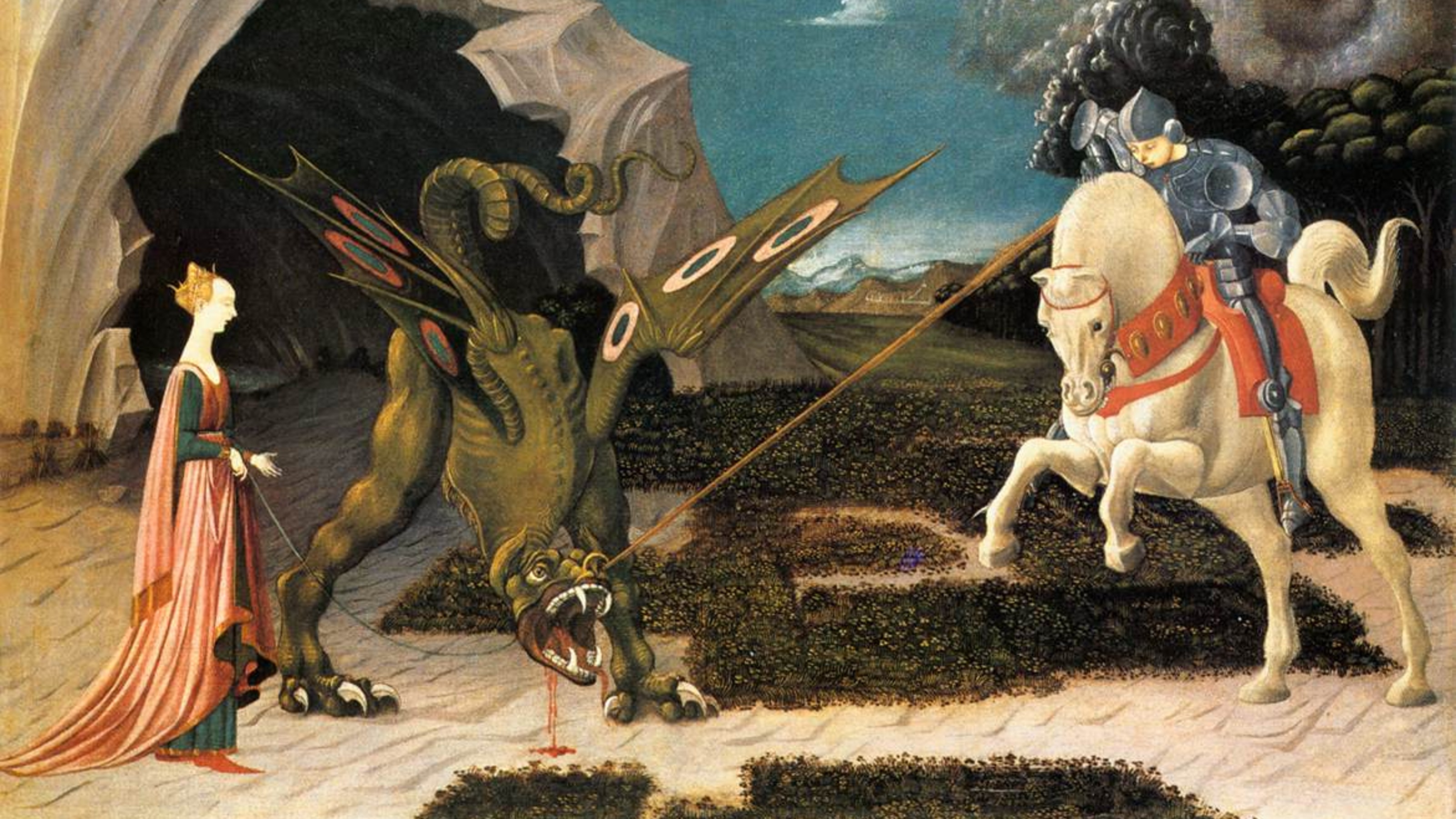The upside of feeling dissatisfied with the world: How to work your “weltschmerz”

- Weltschmerz is the displeasure we feel when the world doesn’t align with our idealized version of it.
- The word comes to us from the Romantic era, when feelings of melancholy were widespread and even celebrated.
- You can help ease your weltschmerz by avoiding perfectionism, keeping your negativity bias in check, and volunteering to make the world a better place.
It doesn’t seem like the world is a great place lately, does it? The last few years have witnessed major political strife, devastating wars, economic struggles, and protests teetering on the edge of civil disorder. And before that there was the COVID-19 pandemic. And before that there was the Great Recession and its prolonged recovery. And before that there was the War on Terror and the 9/11 attacks. And before that there was the 1990s (just all of the Nineties).
With the news and our social media feeds crowded-to-bursting with tragedy, many have come to feel an overwhelming discontent with the state of the world. Turns out, that emotion has a name: weltschmerz.
Like most great words for elusive emotions, this one is German. It’s a portmanteau of welt (“world”) and schmerz (“pain”), and it describes the displeasure we feel when reality doesn’t live up to our ideals and expectations. It’s also distinct from our other downbeat emotions. Unlike angst, which focuses our dissatisfaction inward, or ennui, which makes us listless, weltschmerz can be as rousing as it is troubling. Not only can the world be better, it should be better.
While that makes weltschmerz unpleasant to experience, it can also make it useful if we learn how to harness those feelings effectively. But to understand why, we first need to consider the Romantic roots of this world-weary sentiment.

A Romantic affair with melancholy
The concept of weltschmerz didn’t come from psychology or philosophy. Instead, it emerged from the literary arts.
The word was coined by Jean Paul in his pessimistic novel Selina (1827), where the writer used it to characterize the disillusionment miring the works of Lord Byron. While weltschmerz wasn’t widely adopted at the time, in retrospect, it does neatly encapsulate the weltanschauung of the Romantic period. (Another fantastic German word that means a general philosophy or worldview.)
Romanticism is often described as an artistic and intellectual countermovement to the Enlightenment and neoclassicism, and there is some truth to that. Whereas the Enlightenment favored reason and objectivity, the Romantics pursued subjectivity and the irrational. Whereas neoclassicism aimed for harmony and proportion, the Romantics relished passion and imaginative elements.
But the Romantics weren’t simply wild ones rebelling against whatever the Enlightenment “got.” They had witnessed unprecedented changes to Europe’s social order in the aftermath of the Industrial Revolution, the French Revolution, and rapid scientific advances. And as upheaval often does, it left them dismayed and disheartened about the state of their world.
Here’s how François-René de Chateaubriand described the literary attitude of the time in The Genius of Christianity (1802):
“We are undeceived without having enjoyed life … Imagination is rich, fertile, and marvelous; life is poor, arid, and disenchanted. We dwell, with a full heart, in an empty world; and, without having enjoyed anything we are disabused of everything.”
Yikes. But while it may seem odd to us today, Romantic artists weren’t opposed to such feelings. They celebrated them.
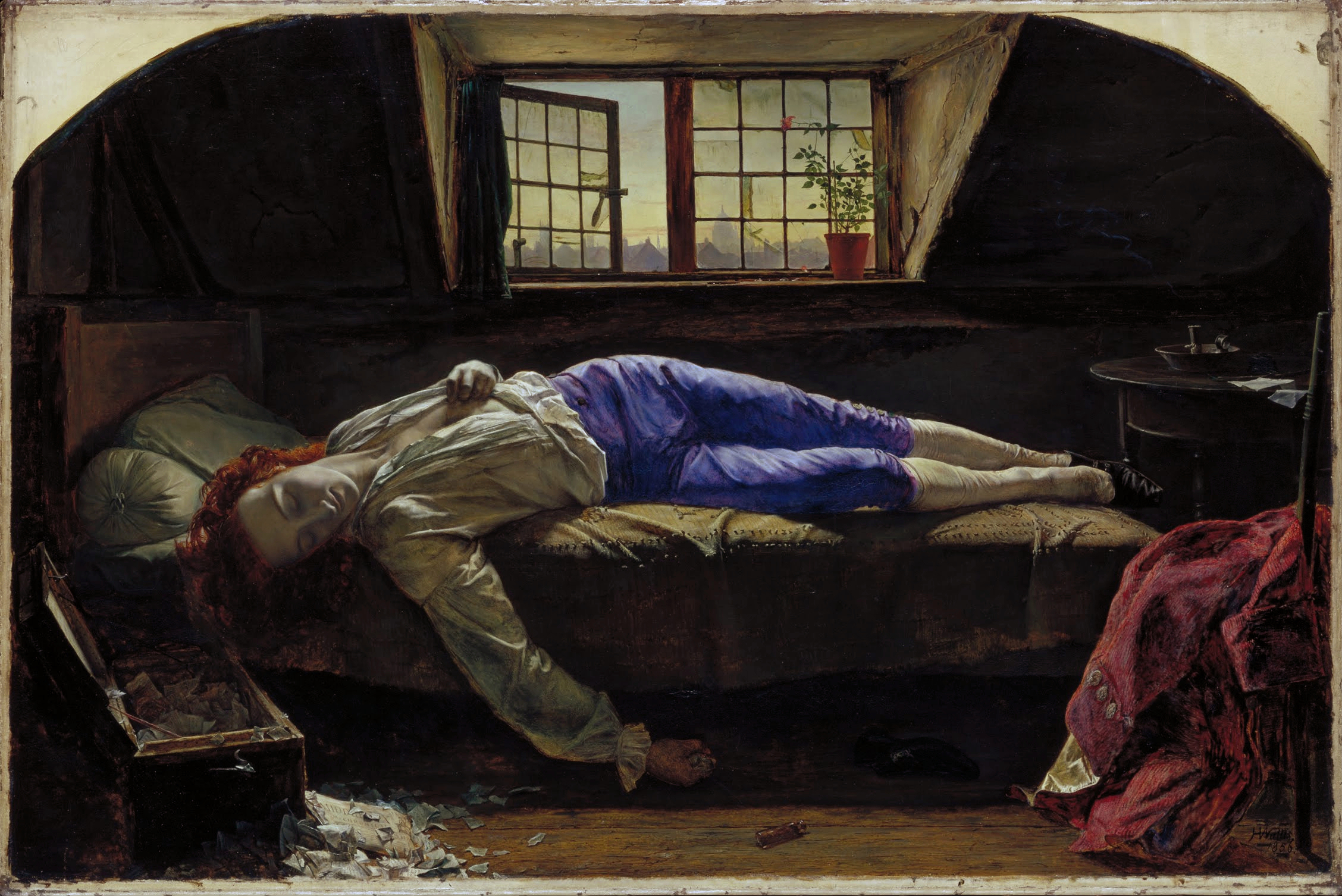
According to Michael Ferber*, a scholar of Romantic poetry at the University of New Hampshire, the Romantics viewed it as a “privilege to be touched by” melancholy. Graveyards and ruins became common artistic settings. Musings on death and life’s sorrows were common themes.
“Wherever his or her thoughts might lead, the melancholic soul was not simply sad or gloomy, however, but rich in wisdom, benevolent towards frail fellow mortals, [and] sometimes even ‘rapt’ or ‘transported’ […] by the religious vision evoked by the meditative mood,” Ferber writes.
For instance, in “Ode to Melancholy” (1819), John Keats contemplates the inextricable link between grief and gratification (“Ay, in the very temple of Delight / Veil’d Melancholy has her sovran shrine”). Similarly in “To His Lady” (1823), Giacomo Leopardi laments that Beauty — yes, with a capital B — is missing from the world. Channeling his inner Chateaubriand, Leopardi seeds his poem with phrases about the suffering “fate decreed for human time” and the “sad age and unhealthy atmosphere.” (Again, yikes.)
As Ferber suggests, the Romantics tended to view melancholy as a means of self-realization or even spiritual transcendence. That said, their world-weariness didn’t just lead them to mourn the state of things. It pushed some to change it, too.
Many Romantic thinkers supported the French Revolution in their youths — though many also took a step back after the French political scene lost its collective mind (and a collection of heads with it). Writers like William Blake pushed for social reform on issues such as child labor laws. The era even saw one of the first major works of feminist philosophy with Mary Wollstonecraft’s seminal A Vindication of the Rights of Woman.
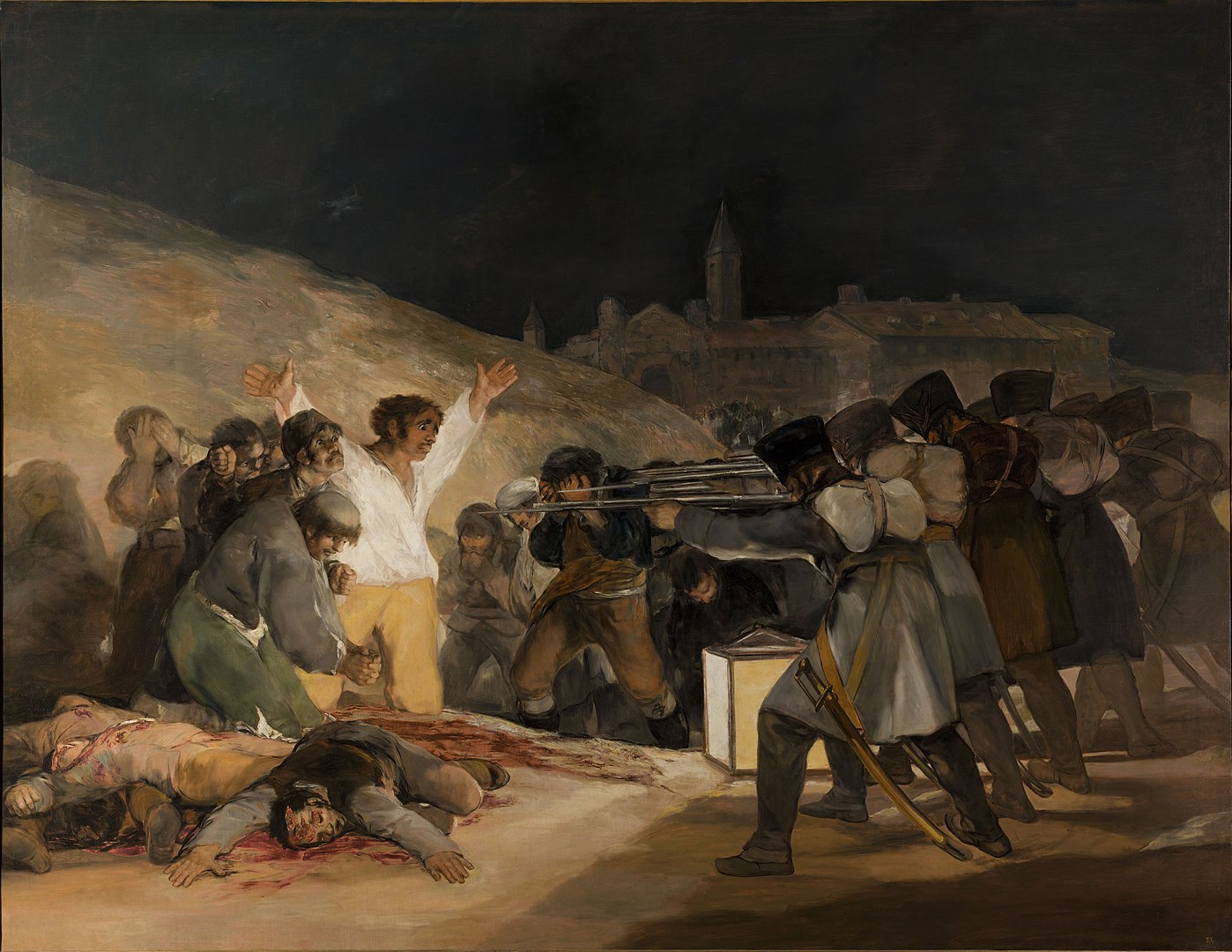
Putting your weltschmerz to work
Weltschmerz continued to be found in literature over the next two centuries, even if neither it nor melancholy enjoyed the same brand loyalty as they did with the Romantics. During that time, it slowly seeped into common usage, where its usage would peak in times of unrest and uncertainty. Looking at Google Ngram data, the word proved especially popular between 1942 and 1945; reached new heights throughout the 1960s; and then dropped off for a few decades before returning to those high highs in 2017.
At the same time, psychology and philosophy continued to examine how and why people experience the world as they do. Combining those fields with this history suggests some interesting ways we might better manage weltschmerz and, in some cases, even use it.
Avoid perfectionism. You can always envision a better, brighter, more beautiful world. By comparison, reality will always come up “poor, arid, and disenchanted.” This is the trap many Romantics fell into with their vivid imaginations. A far healthier weltanschauung accepts that while the world can always be better, it can never be perfect.
Recognize your negativity bias. Our minds seek and prioritize negative information about the world. After all, if something in the world may harm you, it’s best to know about it. Unfortunately, that also leads us to ignore or disregard the many things about the world that are either good or at least improving.
“A major problem here is that we’ve created a world in which weltschmerz is almost inevitable: if anyone, anywhere on the planet, is being appalling enough, the media will let us know, where previously we might not have heard,” writes Oliver Burkeman for The Guardian.
To ease our negativity bias, it helps to balance the in-the-moment news with a long view of history. For example, Burkeman acknowledges that stories of modern torture are truly sickening, but also notes that this is only true because the practice is no longer an acceptable part of public life. We can also take heart knowing that travel is safer, human rights are more robust, life expectancy is higher, and violence is lower than at any other time in human history.
This practice doesn’t make today’s tragedies any less tragic or in need of solutions. It does, however, place those tragedies within their historical context — helping us to see that the world is a better place today than it was yesterday and maybe even better tomorrow.
Seek awe in the world. Despite their melancholy, the Romantics still recognized that the world was filled with awe-inspiring beauty (even if it wasn’t with a capital B). They found wonder in artistic endeavors, such as music, painting, architecture, and literature. They also revered the sublime in religion, the natural world, and those everyday moments of life-affirmation.
It’s not just a poetic sentiment either; modern research has shown that awe and wonder come with a bevy of uplifting benefits. Experiencing them can boost your mood, increase your life satisfaction, and decrease materialism. Awe also primes us to feel what psychologists call a “small-self perspective.” This means our self-centered tendencies are reduced and we feel more connected to the larger world, increasing our need and desire to connect with and help others.
As psychologist Dacher Keltner tells Big Think: “Our default mind blinds us to this fundamental truth, that our social, natural, physical, and cultural worlds are made up of interlocking systems. Experiences of awe open our minds to this big idea.”
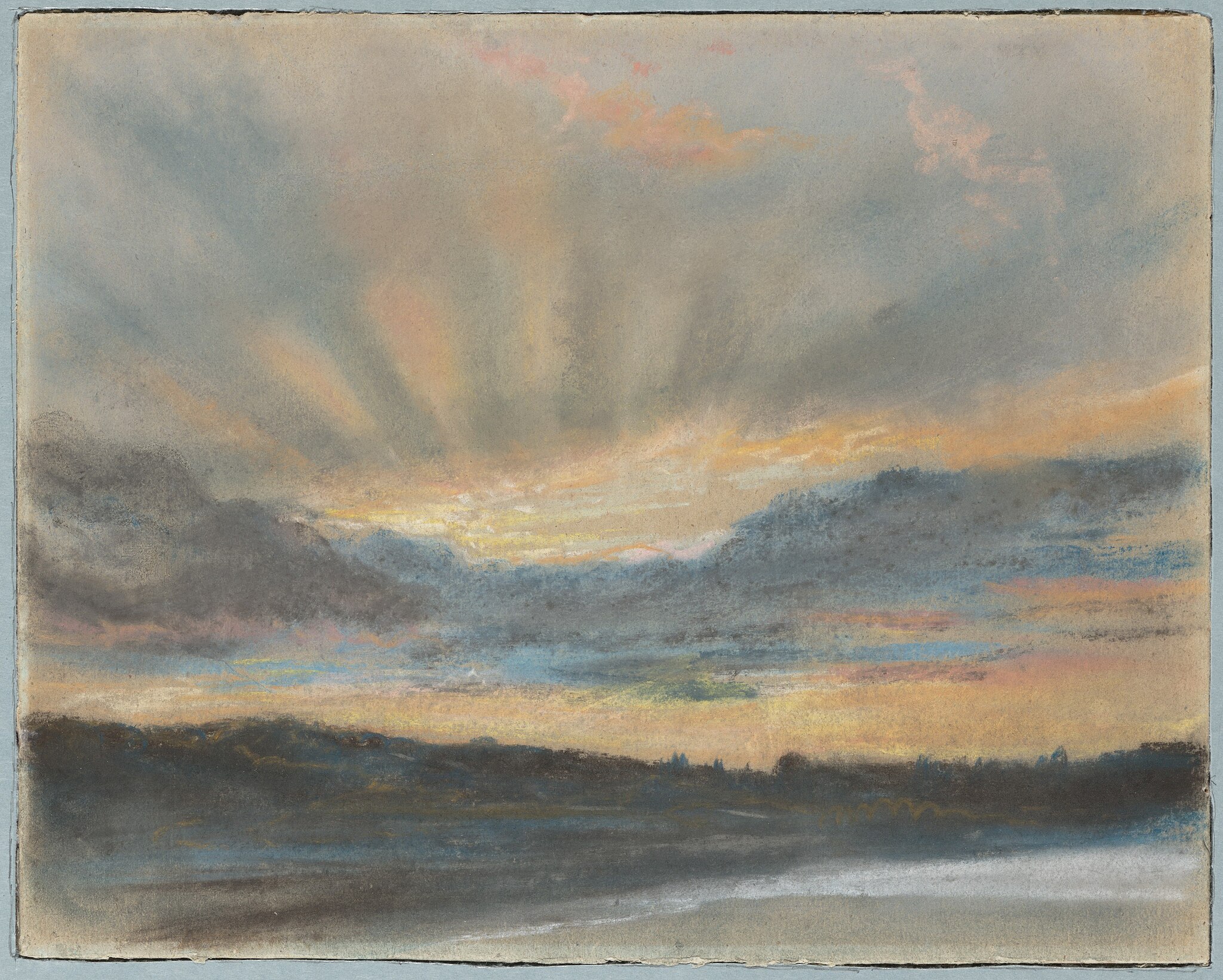
Make a change. Like awe, volunteering and generosity have surprising benefits. Altruism has been shown to make people happier, healthier, and more socially connected — all of which can ease our depression over the state of the world. And unlike the other options on this list, volunteering doesn’t just benefit your mood. It actively makes the world a better place.
Accept weltschmerz. While weltschmerz may be unpleasant, it also serves a purpose: It spurs us to change the world for the better. Burkeman compares this to physical pain. Just as physical pain informs our bodies about what not to do and drives us to make the changes necessary to prevent further injury, weltschmerz does something similar on a collective level.
In fact, some people can’t feel pain, and far from a blessing, the disorder makes their lives incredibly dangerous. Burkeman wonders if the same can’t be said about weltschmerz. “World pain is bad — but numbness to world pain would be worse,” he writes.
So, yes. The world hasn’t been a great place lately, but that doesn’t mean it’s a lost cause either. It has improved significantly since the Romantic era, and if we use our weltschmerz effectively, we can make it a better place still. That’s the great thing about this not-so-great feeling.
* A hat-tip to Prof. Ferber for also introducing us to the Chateaubriand quote.



